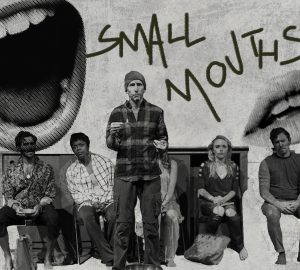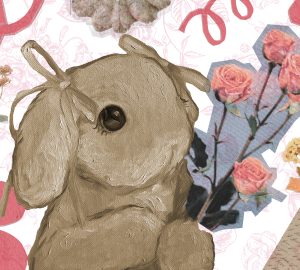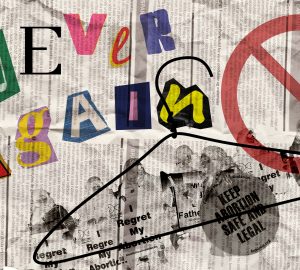
I never thought I’d be a person who cares about whether my running shoes have a “springy ride” or a “plush midsole.” Now I find myself chronically online, checking the Hoka One One website for restocks in new colorways. It’s odd because I vividly remember wanting to hide away in the girls’ locker room to avoid the dreaded pacer test, wearing my baggiest clothes so no one could see my chunky sixth-grade body while I ran. At the moment, I’m sitting on the floor rolling out my calves, having just run a winning time for my age group at this morning’s 5k. And I can’t help but wonder, how did I get here? And why did it take so long?
Every time I go shopping for clothing, online or in person, I am in awe at all of the size-inclusive modeling, wide range of clothing sizes, and body positivity that seeps out of every stitch. Shopping looked very different in 2012, and “one size fits all” clothing definitely did not fit all. It’s the same thing when I go to the gym. When I see people of every shape and size on the treadmill, it takes me back to watching the instructor from the back wall of the yoga class, silently resenting the narrow arms and bony hips of the 20-somethings at the front as they folded themselves into impossible positions. When did everything change?
Growing up, I didn’t see clothes I liked in my size, and there were no other people that looked like me at the gym. On TV, the girls that were popular and pretty were size two, not size 18. I couldn’t even relate to my mom, an avid cyclist, runner and frequent triathlete. I knew I didn’t feel good in the body I had, but I had no idea how to change that. Eating salad instead of sandwiches left me hungry, and I was terrified of seeing myself in the mirror next to the long, lean women at the gym. So I turned away any help, firm in my belief that there was no way I could feel proud in the skin I was in, and it was like that until junior year of high school.
With the pressure of the high school social scene and no one to guide me, I overcorrected in a major way. Winter of eleventh grade, I started throwing shotput for the high school track team while still playing recreational and all-star soccer outside of school. I would lift in the weight room every day, go straight to soccer practice, and end the night pinching my belly in the mirror after skipping lunch and dinner. I was finally doing what I thought I was supposed to do, eating less, exercising as much as physically possible, fitting in. But I still hated how I felt. In my head it seemed so black-and-white — there was no middle ground. I fluctuated back and forth between extremes through the winter of 2020, even quitting altogether for a while, when I decided to splurge on a new pair of shoes.
The Hokas held a special significance; with their ridiculously plush sole and crazy colors, it was a silent agreement that only the best runners on the track team could wear them. After all, you can’t hit the track with flashy shoes unless you’ve got the skills to back it up. It felt almost sacrilegious to put them on, having walked my way through senior year of cross country the year before. My girlfriend was the one that finally convinced me to lace them up. Because she’s a self-proclaimed gym rat, I was put at ease, having been given permission to wear what was reserved for actual athletes. I explained to her that there are two types of athletes, the people who walk and the people who sprint, and I’m a walker. She laughed at me and asked me if I’d ever heard of the third type. “What about all the people that jog?”
I jogged for the first time this past summer, and man, did it feel good. I stretched on a yoga mat, lifted some weights, and somehow ended up on a treadmill. I didn’t go to the gym when I didn’t feel like it, and when I did go, I did what felt good and stopped when it felt bad. Sure, I definitely cannot run three miles in under twenty minutes, but I can run three miles without stopping. I can’t bench press my body weight, but I can make my way up a rock-climbing wall. When I got those sneakers, I stopped moving my body to make it look a certain way, and started moving to make it feel the way I wanted to feel; strong, confident and capable. Next time you lace up your shoes, you don’t have to run a marathon, you don’t need to have a six-pack by the end of your workout. As long as you are working towards what feels good in your body, all you need to do is take the first step.


















